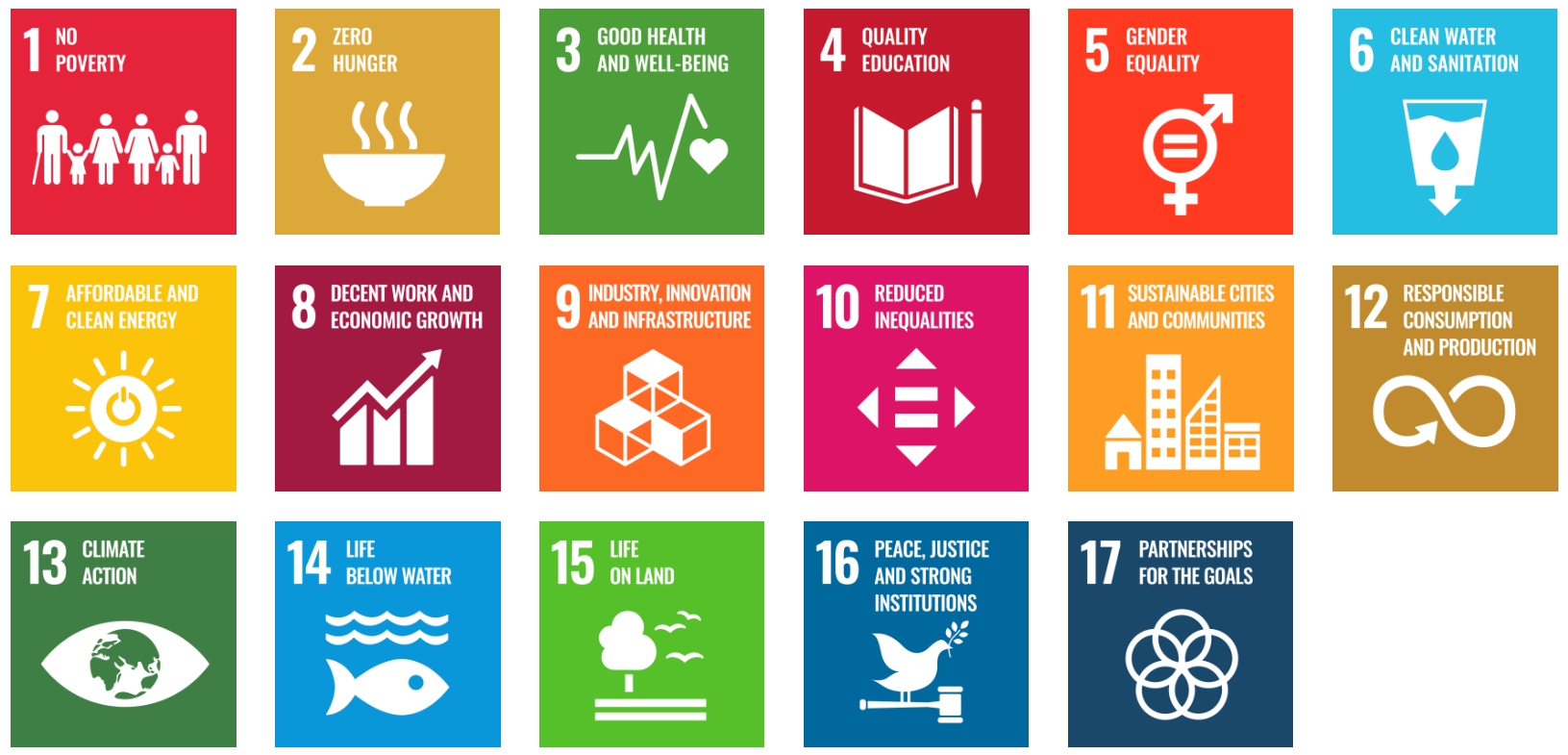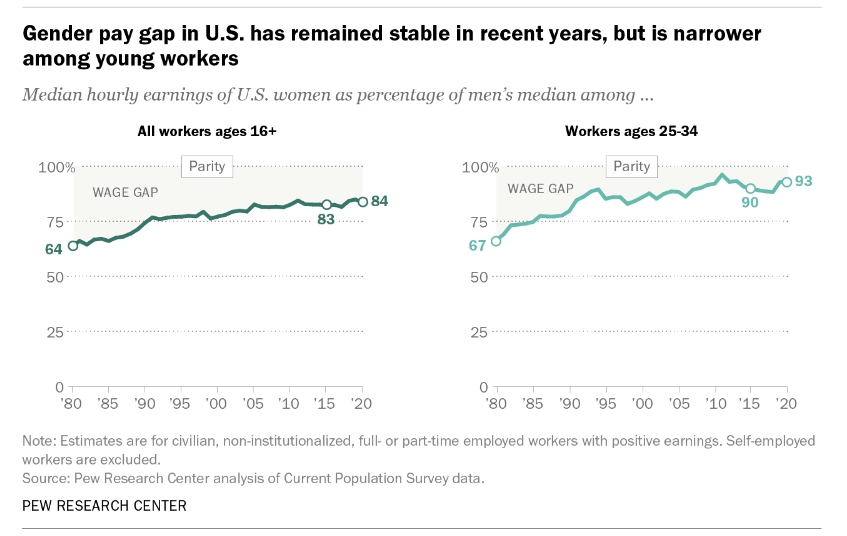mit_Improving, Yet Still Lacking, Gender Equality in and After MBA
While the male dominance in the population has been witnessed in almost every labor sector, it has been especially prominent in the business world. That, unfortunately, has long been mirrored in business schools across the world. In spite of years of collective, yet often fragmented, efforts to tackle gender inequality, there still remains great disparities in the student numbers of men and women in MBA programs and their career projectile after graduation.
Although studies on gender inequality in the labor market at large have continued for a while now, there has not been much research focusing on such an aspect in MBAs. Thankfully, the Financial Times (FT) has collected and organized data from the past 15 years to trace the amends and improvements made to address the centuries-old issue.
The Japanese-owned British company also released a business school ranking with factors that indirectly signal gender equality or inequality. The factors used in the ranking include pay gap, female students ratio, female faculty ratio, and percentage of women on board.
The company reports that it gathers data and information from those who graduated with an MBA at least three years before the survey to track how they fared afterward in terms of salaries and careers. As for faculty and school-related data, such as enrollment and program information, it receives the data from business schools.

Since 2015, all United Nations member states adopted the 2030 Agenda for Sustainable Development. At the heart of the agenda, there are 17 Sustainable Development Goals (SDGs) including, but not limited to, “ending poverty […] improve health and education, reduce inequality, and spur economic growth – all while tackling climate change and working to preserve our oceans and forests.” Of them, gender equality and women empowerment are listed as the fifth goal.
As a response to the growing movement toward the SDGs, business schools worldwide have started to follow the global community’s footsteps putting more emphasis on people, purpose, and our green planet. Accordingly, not only have the ratio of female faculty and that of students noticeably improved but the percentage of women on the advisory board for MBAs has also increased from 17 to 31 percent since 2007.
However, gender equality is far from being achieved; across the world, women only make 77 cents for every dollar earned by men for work of equal value. Despite the laws — specifically, Title VII of the Civil Rights Act — prohibiting employers from treating workers differently based on gender, women in the United States also report gender discrimination and gender inequality. The Pew Research Center’s survey in 2020 reveals that a quarter of employed female respondents in the U.S. reported that they had earned less than their male counterparts for doing the same job.
The percentage of pay gap among MBA graduates has been less significant than the global average of 23 percent. In 2007, the median salary of males with an MBA degree three years after graduation was $109,209 and $92,000 for females. The pay gap was $17,209, or 16 percent. 15 years later, the gap has been narrowed down to $10,578, or eight percent, with males earning $137,000 and females $126,422.

In its survey, the Pew Research Center points to the substantial progress women have made on “factors such as educational attainment, occupational segregation, and work experience,” closing the pay gap over the decades. The difference in gender pay gap the respondents to the FT experienced before and after their business school education is a great example. While they reported about a 10 percent of pay gap before they attained an MBA degree, it was reduced to eight percent afterward. Yet, the percentage of salary increase with an MBA degree has always been greater for the male since 2006, except for four years in 2016, 2017, 2020, and 2021.
The gender disparity in how business school graduates fare extends beyond base salary; their career projectile is also affected. In detail, male MBA graduates have continuously advanced faster and to many more senior positions than the female graduates have over the last 15 years, as far as the FT’s data tracks. Furthermore, even until this day, the most sought-after sectors for MBAs, such as consultancy, finance, and tech, are still male-dominated, though many female graduates have broken the seemingly unbreakable gender barrier throughout the years.
Partially thanks to the global community’s collective effort, and mainly due to years of women’s hard work, the gender disparities in educational attainment, the prevalence of occupational segregation, and the height of the glass ceiling have been diminished. Nevertheless, the Financial Times’ analysis of 15 years of data clearly shows that there is much more progress to be made to bridge the gap and achieve gender equality in and after MBAs.
Read More: Business Schools Support Gender Equality



















